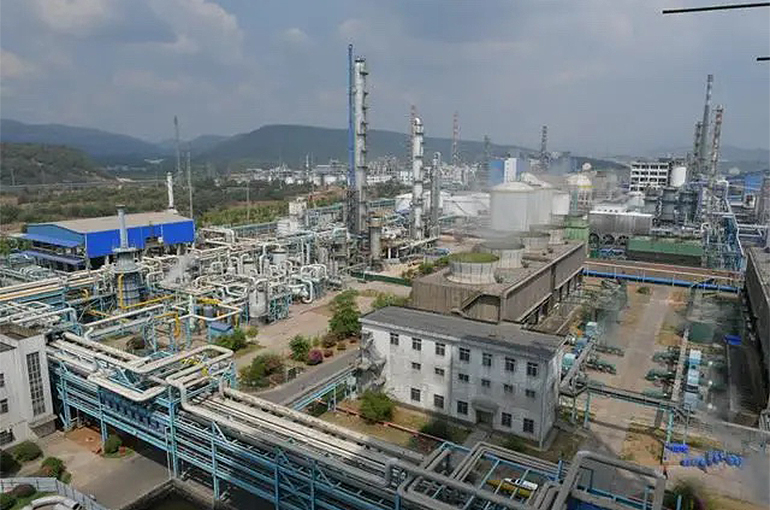 China Takes Steps to Reduce Phosphorus Pollution in Yangtze River Basin
China Takes Steps to Reduce Phosphorus Pollution in Yangtze River Basin(Yicai) May 30 -- China is implementing measures to control pollution by phosphate mines and phosphorus chemical companies in the Yangtze River Basin, which is the longest and most populous river basin in the country, as part of the country’s ongoing ecological and environmental protection initiative.
Environmental monitoring has shown that the proportion of excess phosphorus pollutants in the Yangtze River Basin was much higher last year than that of chemical oxygen demand, which is an index of pollution that measures the effect of pollutants on dissolved oxygen, or ammonia nitrogen, Yicai learned from the Ministry of Ecology and Environment.
Phosphorus pollution leads to soil acidification, eutrophication of water, or the run-off of nutrients into water leading to algae blooms and other ecosystem imbalances, and can also harm human health. And it is the main factor preventing the water quality in the Yangtze River Basin from improving and is one of the main pollutants in some areas.
Although much work was done to control phosphorus pollution during the 13th Five-Year Plan, from 2016 to 2020, the problem still persists.
The Yangtze River Basin produces 98.2 percent of the country’s phosphate rock, 88.1 percent of its phosphate fertilizer and 82.6 percent of its phosphogypsum.
But there are five main environmental concerns in the development of phosphate ore, phosphorus chemicals and phosphogypsum reserves, said Liu Zhixue, head of the ministry’s action team for the investigation and rectification of phosphate ore, phosphorus chemical and phosphogypsum in the Yangtze River Basin.
These are seepage from phosphogypsum reservoirs, the mixing of rainwater and waste from phosphate fertilizer companies, unfiltered waste gas emissions from yellow phosphorus firms, difficulties in recycling and disposing of solutions from phosphorus-containing pesticide makers, and the discharge of polluted water from phosphate mines, he said.
The strictest environmental regulations need to be developed for the exploration and development of phosphate resources, according to a report by the Environmental Engineering Assessment Center of the Ministry of Ecology and Environment. Access to these resources should be managed in an environmentally friendly way. And priority should be given to ecological and environmental protection in the development of phosphate resources.
The phosphorus chemical business needs to be scientifically and rationally laid out, the report said. New factories in heavily polluted areas and karst landforms must be strictly controlled according to the environmental risks in the basin. And the elimination of out-of-date production facilities in the middle and upper reaches of the Yangtze River should be accelerated.
Editor: Kim Taylor